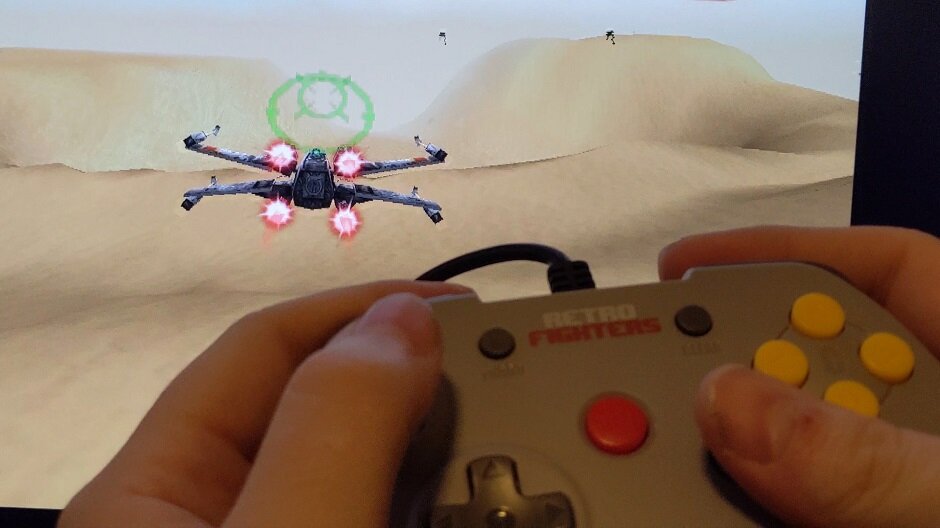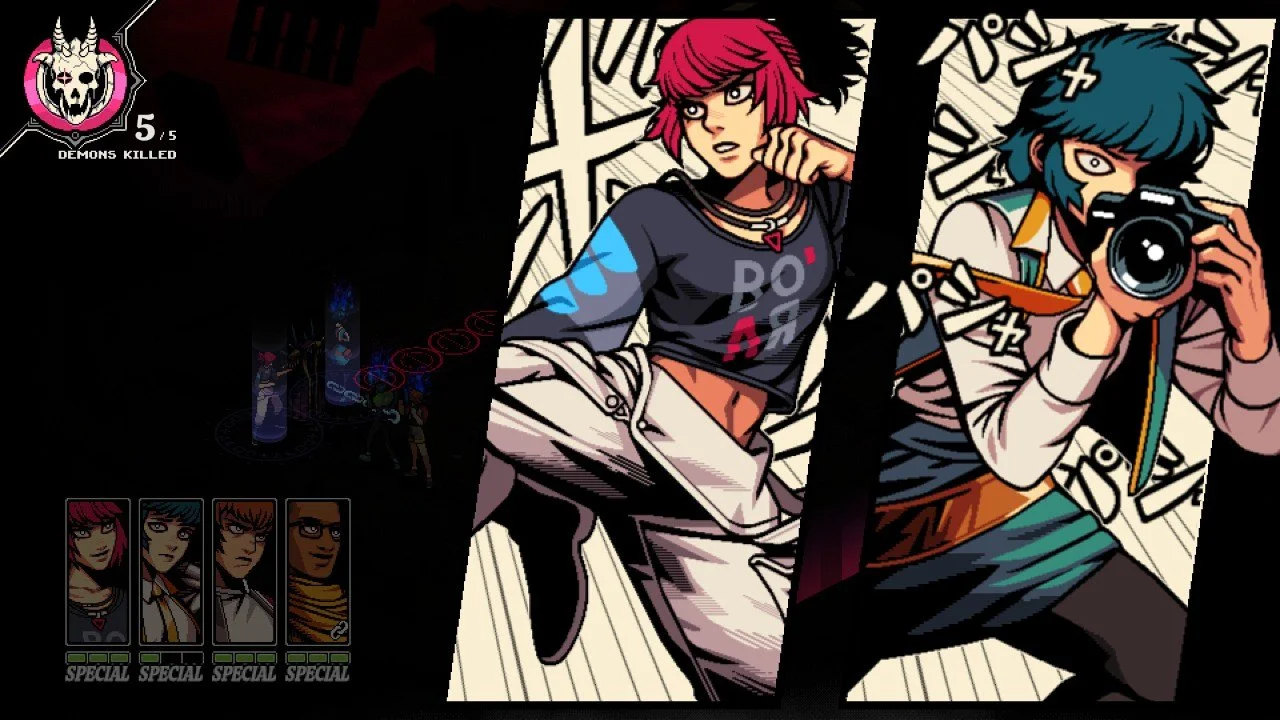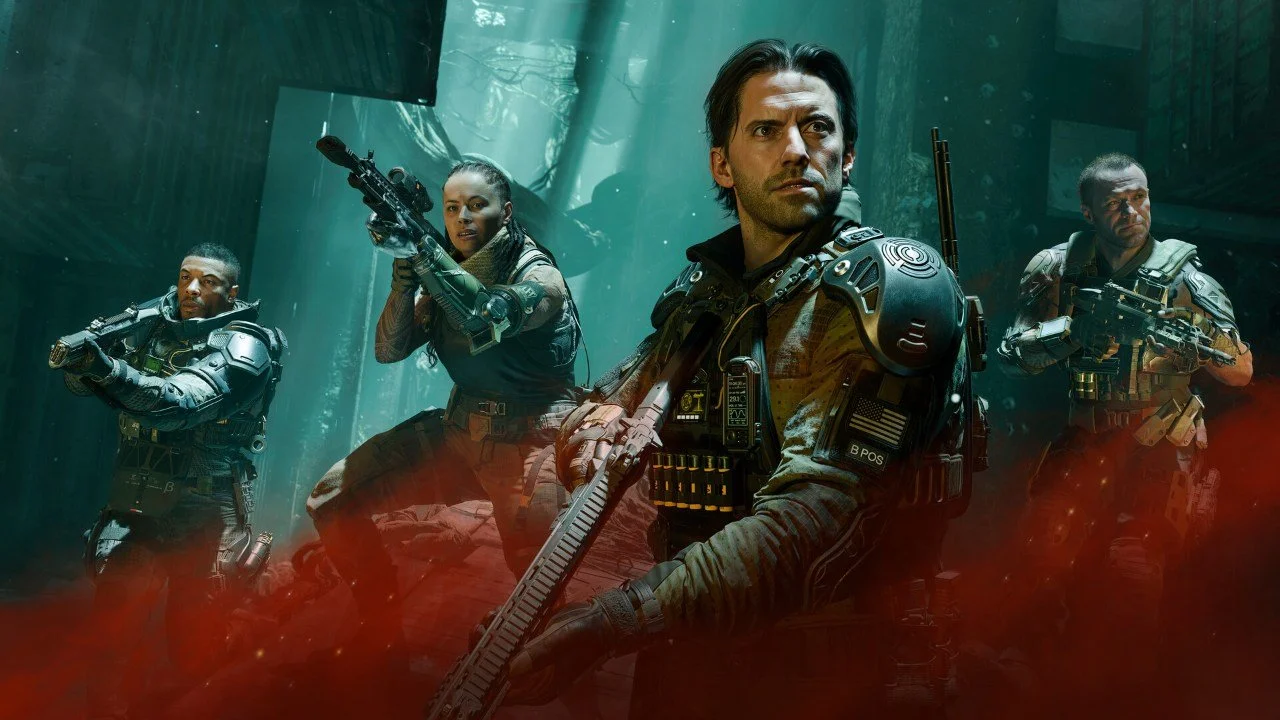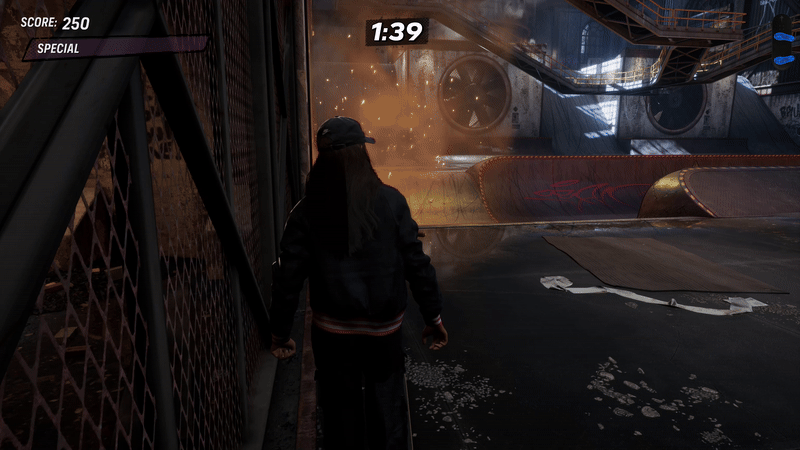It is no secret that I am a pretty big fan of the Nintendo 64. From its history to games line-up, I still find new things to discover about Nintendo’s 5th Gen offering. In the last few years, a lot of attention has been coming back to the N64 with a number of console mods and replacement controllers becoming available to get the most out of your N64 experience. One such offering that I have had for a few months now is the Hyperkin Admiral Wireless Controller. Having picked this sucker up on a whim, I can say the experience it has given me has been an odd one.
What’s In The Box
The Admiral comes in the traditional Hyperkin beveled box with a nice red and grey theme. The Admiral takes center stage along with its receiver. As this controller is Bluetooth, wait, I mean BT, it is compatible with the N64, PC, MAC, and Android devices. Along the side, a list of features is presented including a badge about the controller’s quality. I want to call out the last badge specifically as we will be talking about the comfort of this controller in great detail momentarily. Finally, on the back, we get the brief snippet about the controller’s purpose and a few key features outlined including the ability to use the dongle to back up Controller Pak saves. Opening the packaging we have the Admiral 64 with its N64 console receiver, a micro USB cable, and finally, a quick start guide that covers syncing the controller and backing up Memory Pak saves.
Aesthetics And Build Quality
Instead of the iconic 3-prong N64 design, Hyperkin has decided to take the modern approach when it comes to the Admiral. Two-handle designs have become very popular for the N64 as it allows for easy use of the D-pad or Analog Stick, depending on the title in play. Both of these methods of input are interesting to look at on the Admiral. The D-pad is large and sits just to the left of the controllers center, giving it a natural placement and good feel when using it. Each of the 4 directions has a nice tactile feel to them, but oddly the down direction has about twice the volume as the rest. The Analog Stick in comparison is very tiny but thankfully sits in a comfortable position while in use. The stick is also super tight, which helps make up for the smaller size.
Each of the Admiral’s face buttons come in a matte finish and flat design. While not like typical N64 controller buttons, I have come to like the design quite a bit. Like the D-pad, each face button has a good tactile feel to them and aren’t overly loud. They are on the border of being too stiff but overall I haven’t had any issues with them yet. The shoulder buttons are where I feel the Admiral sets itself apart from its competition; well, aside from the whole wireless thing. Both the Brawler 64 and Tribute 64 have triggers I’m not the biggest fan of. Sure they work ok, but they could feel better. The Admiral’s shoulder buttons, while not perfect, have felt the best to use on a day-to-day basis, as they are properly anchored to the controller and don’t have a fake analog feel to them. They don’t feel as good to use as the rest of the buttons found on the Admiral but they aren’t awful.
Here is the interesting thing about the Admiral: while the buttons and control stick feels good, the controller itself is one of the most uncomfortable devices I have ever used. The 2 handles have an odd shape to them with an improper bevel that makes holding it unpleasant. If I don’t place my fingers on the handles it is a much more pleasant experience but at the same time, I don’t feel as secure in using it, resulting in an odd trade-off between performance and comfort. Never a good thing when it comes to a controller… The Admiral does at least have a sturdy design to it and was able to withstand any endurance test I put it up against! For anyone who is concerned about the weight, the Admiral does come in on the light side as it doesn’t include any rumble motors or expansion port equipment to bring the weight up.
Moving onto the receiver, it is a bit on the chonky side; not really unexpected as it houses an N64 Controller Pak. In addition to this port is another to house a micro SD card and a micro USB port for updating the receiver’s firmware. To round out the design is a sync button, a couple of status LED’s and a Controller Pak mode switch that allows it to be read on an N64 in a standard way or to dump its contents to a micro SD card. The port connector fits well into the N64 console and doesn’t exhibit any death grip problems. Even with the added weight from a Controller Pak, I haven’t observed any sagging issues on the controller port which is massively important as that would have been an instant deal-breaker for me.
Gameplay
When I started using the Admiral I had no expectations for how the controller would perform in my favorite N64 titles. I liked the feel of the buttons enough and the tight analog stick was a curiosity to me. Unfortunately, the uncomfortable grip is something that has continued to plague my journey with the Admiral and one that borderlines deal-breaking to me. But let’s focus on the positives for a bit. The first of which is the analog stick! The analog stick found on my Admiral has been one of the best third-party options I have used to date.
The stick range closely matches that of an original N64 controller, with proper ranges on the X and Y-axis. Unfortunately, the diagonals are a square gate design that can result in some wild turns in games like Goldeneye. Thankfully with the tight stick design, it is very easy to maintain control in these instances that would cripple other sticks with this type of gating. Deadzones are also kept to a minimum which gives a more proper N64 gameplay experience. Thanks to the Admiral using proper ranges it also means that there will be no compatibility issues with the controller in games like Buck Bumble.
In addition to the analog stick, each of the Admiral’s face buttons has been a solid performer for me. Whether I needed to mash a button, hold it down, or time it, I have had no issues with doing so. The shoulder buttons likewise have offered a better experience than I expected from them, with snappy responses and perfect triggering along the full range of each button. If the Admiral is getting extra latency due to its wireless transmission, it isn’t something I have personally been able to notice.
Thanks to the BT transmission method, the Admiral can also be used on other Bluetooth equipped devices. For me, most of this extra usage has come on PC with N64 emulation. After getting the controller setup in Retroarch, it behaves just as it does on a real console which provides a great experience at much higher fidelity. Of course, the Admiral can be used for much more on PC than N64 emulation but thanks to its default button mappings, you will need to remap every game to get the most out of it. Do keep in mind that both Z buttons only function as a single button, making it a bit more limited compared to other USB N64 offerings. No gimmick Halo for me…
Since I have owned the Admiral, Hyperkin has released a firmware update that I was hoping would address this button problem but unfortunately, this just wasn’t the case. It did, however, add support for the Nintendo Switch, and through the use of button combinations when powering on the device, it can actually have a number of default button mappings, making it work well in a number of titles! Oddly enough each shoulder button can be used independently on Switch, unlike on PC, so I am not sure what that’s about.
What It Could Have Done Better
Alright, now let’s talk about the downsides when it comes to the Admiral. As I have mentioned previously, a number of times, it is a very uncomfortable controller to use. Despite the overall good performance and convenience of wireless interaction with an N64, I actively avoid using it just out of comfort. While comfort is the biggest downfall of the Admiral to me, it isn’t without other faults, including its D-pad which has severe problems of misreading inputs and having issues achieving diagonal input on games like Tony Hawk’s Pro Skater.
Diagonal input is hard for the Admiral.
The next ding for me comes down to battery life. The Admiral is advertised as lasting ~6 hours per charge. For me, it lasts only around 4 hours before dying. In many instances, this doesn’t last through a full stream when I do N64 stuff. The lack of rumble is also unfortunate as it added a lot to the N64 experience to me. But considering the sub-par battery life, this would have only made it worse so I guess it’s a good thing it isn’t implemented.
One last issue I take with the Admiral is Hyperkin's continued refusal to license out proper protocols. While this may save them a few bucks in designing and releasing these products there is no denying that it makes them seem like cheap knockoffs. Far smaller companies are willing to do things the proper way so I hope that Hyperkin will eventually follow suit.
Verdict
I have gone back and forth for a number of months now on if I even wanted to do a review on the Hyperkin Admiral wireless controller for the Nintendo 64. On the one hand, it has been a mostly solid performer (RIP D-pad), but on the other, it has been one of the more unpleasant devices I have ever held. Combine this with short battery life and it becomes a controller that I just don’t want to use when options like the Brawler 64 and Tribute 64 are available. I find this unfortunate because to me, the stick is really that good and one of the best we have seen to date from a third party controller. Hopefully, we will see a revision in the future that will adjust the handles and add in a larger battery for better play over a longer period of time.


























